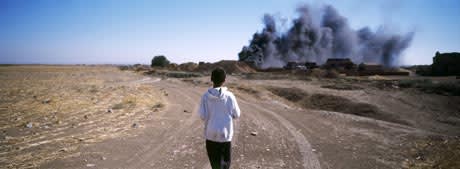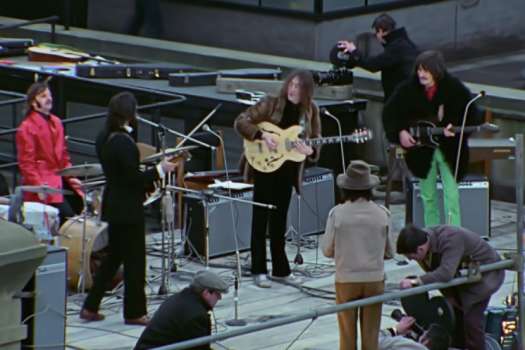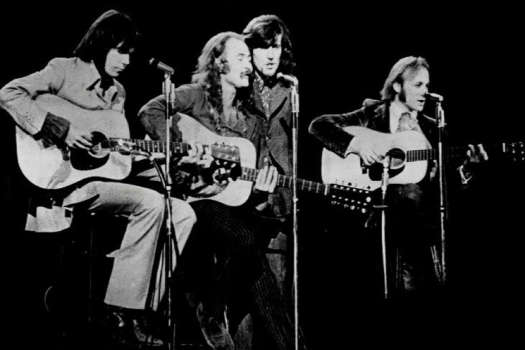"It was beautiful. Now theres nothing. These words, uttered by an 11-year-old Sunni boy, open Iraq In Fragments. James Longleys lyrical documentary profiles Sunnis, Shias and Kurds in three distinct acts, telling the Iraq war from the Iraqi point of view. The boy, Mohammed Haithem, speaks with sad resignation as bombs explode in the distance, dreaming of becoming a pilot to fly away from of the chaos that surrounds him. Meanwhile, the old men on the street yearn nostalgically for Saddam Hussein and curse George W. Bush. The second act explores Shiite cleric Moqtada Sadr in the south, who bitterly condemns America for not honouring promises of democracy and basic aid. Hardliners like Sadr exploit popular anger and encourage armed Islamicists to bust merchants accused of selling alcohol. Bound and blindfolded, the men argue that this is how Saddam treated them. Firefights between American soldiers and Sadrs followers suggest that the future of Iraq lies in further bloodshed and that unity is hopeless. Act three, "Kurdish Spring, offers hope. A little. Mahmoud, an elderly farmer, dreams of Kurdish independence following years of Husseins brutal repression but he remains wary of American power. There is no overall narrative tying together Iraq in Fragments and the film sags in places. However, James Longleys camera work is so beautiful from capturing plumes of black smoke over Baghdad to sunflowers glowing in Kurdistan that his images sustain those dry stretches. Longley spent two years right after the 2003 American invasion roaming Iraq with a single mini-DV cam. In a very good directors interview, Longley explains how it would be too dangerous to make the film today and how he gained intimate access to his subjects. Its too soon to say if this is the "definitive Iraq film, as the DVD cover boasts, but it will be seen as a landmark in years to come.
(Mongrel Media)Iraq In Fragments
James Longley

BY Allan TongPublished Jul 6, 2007



